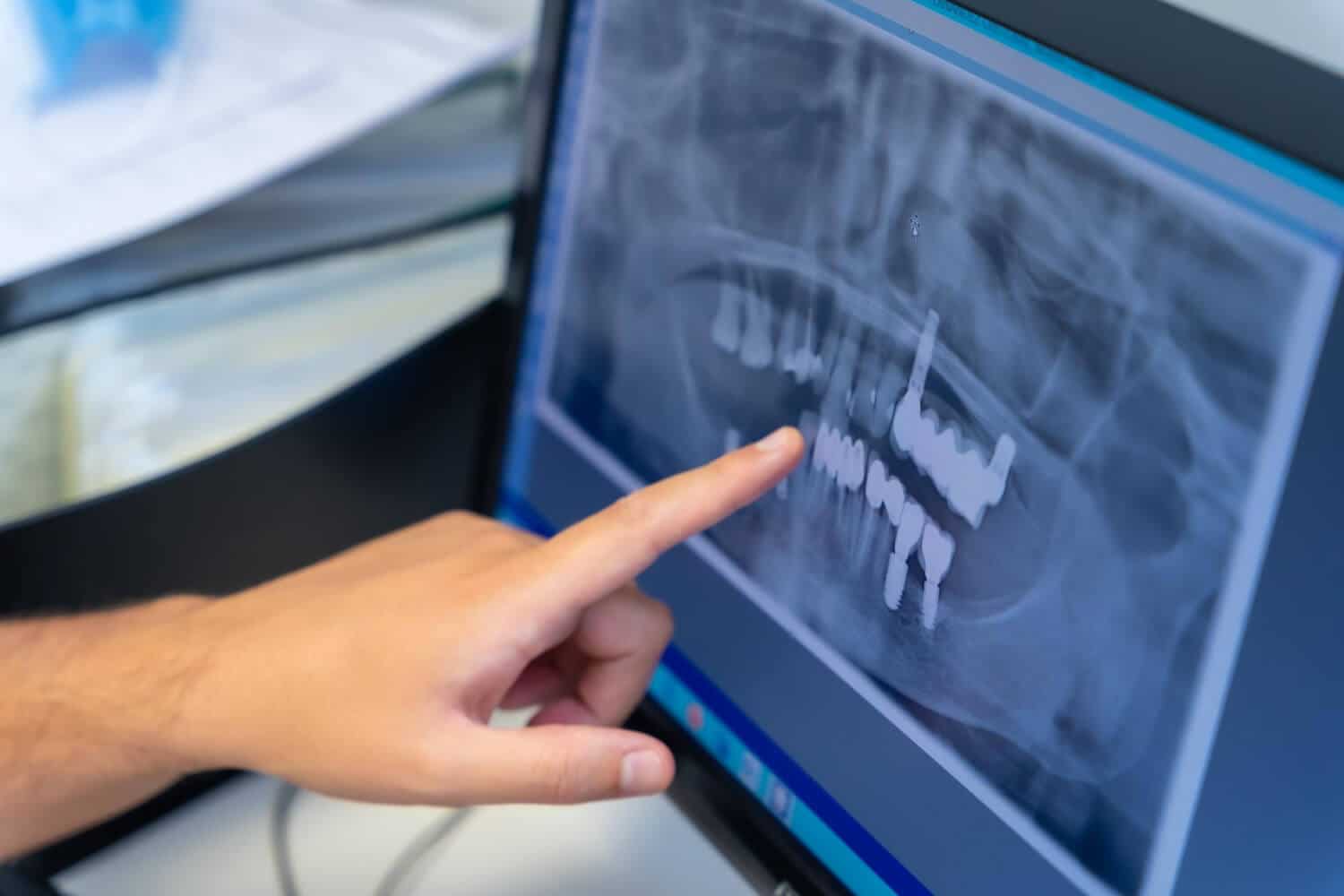Digital radiography, the avant-garde medical imaging machinery, has revolutionized the landscape of diagnostic imaging. This technique replaces conventional non-digital radiography with electronic sensors, providing several advantages and some challenges.
Is Digital Radiography Time-Consuming?
The time it takes to administer a digital radiography process can vary based on many factors, including the type of examination, the intricacy of the case, and the specific imaging apparatus being used. One of the perks of digital radiography is that it allows quicker image acquisition and processing compared to conventional film-based techniques.
In general, digital radiography can supply instant results as the images are detained digitally and can be examined on a computer screen abruptly after the inspection. This effectiveness can lead to faster analysis and treatment decisions. The authentic exposure time during the imaging procedure is typically brief, often just a few seconds, but the overall period for the whole process may vary. It’s essential to note that the exact duration can be affected by the explicit protocols and practices of the medical facility or imaging center.
Pros of Digital Radiography
1. Faster Image Acquisition:
Digital radiography allows speedy image acquisition, diminishing patient disclosure to radiation and enhancing workflow effectiveness for healthcare providers.
2. Improved Image Quality:
Digital images exhibit clarity and in-depth details, assisting in precise diagnosis. This advanced image quality aids in detecting subtle anomalies that might be ignored in conventional radiography.
3. Lower Radiation Dose:
Digital radiography usually needs a lower radiation dose than traditional X-rays, ensuring patient safety without compromising diagnostic precision.
4. Immediate Image Availability:
One of the significant benefits is the immediate availability of digital images. These swift accesses speed up the diagnostic procedure, enabling healthcare professionals to evaluate and treat patients quickly.
5. Enhanced Storage and Retrieval:
Digital radiography dispenses the need for physical film storage. Images are digitally stored, allowing trouble-free retrieval, sharing, and long-lasting archiving for future orientation.
6. Image Manipulation:
Digital radiography enables post-processing adjustments, including contrast and brightness alterations. This flexibility assists in highlighting particular structures, leading to a more all-inclusive analysis.
7. Environmentally Friendly:
Moving to digital radiography curtails the environmental effect of film-based processing chemicals and the disposal of film-related waste.
Cons of Digital Radiography
1. Initial Cost:
The conversion to digital radiography involves a considerable initial equipment and training investment. This outlay can be a restriction for smaller healthcare facilities with limited resources.
2. Dependency on Technology:
Digital radiography heavily depends on technology. Technical glitches or system failures can dislocate operations and cause delays in patient care.
3. Learning Curve:
Healthcare practitioners familiar with conventional radiography may face a period of adjustment when transitioning to digital systems. Training is indispensable to ensure adeptness and optimal use of the technology.
4. Limited Resolution in Some Cases:
While digital radiography usually comes with high resolution, there are examples where the technology may supply different specifications than conventional methods, particularly in specific specialized procedures.
5. Security Concerns:
The electronic storage of sensitive patient data raises security apprehensions. Securing digital images from unofficial access is crucial to maintaining patient privacy.
6. Maintenance Costs:
Regular maintenance is necessary to keep digital radiography systems working optimally. Maintenance expenses, like software updates and gear servicing, can add up over time.
7. Over-Reliance on Imaging:
The effortlessness of getting digital images might contribute to over-reliance on diagnostic imaging, possibly revealing patients to needless radiation. Vigilant clinical judgment is vital to refrain from extreme use of this technology.
Patients Who May Benefit From Digital Radiography
Digital radiography is advisable for various patients across different medical scenarios. Here are some situations where digital radiography is usually recommended:
Routine Diagnostic Imaging:
Digital radiography is used extensively for regular diagnostic procedures, such as chest, limbs, spine, and abdomen X-rays.
Emergency Cases:
In emergencies where quick imaging is essential for well-timed analysis and treatment, digital radiography is preferred due to its swift image acquisition and instant availability.
Pediatric Imaging:
Digital radiography corresponds to imaging children because it enables lower radiation doses and delivers quick results, which is especially significant in pediatric cases.
Orthopedic Examinations:
For orthopedic evaluations, such as assessing fractures, joint conditions, or degenerative changes, digital radiography is generally used.
Dental Radiography:
In dentistry, digital radiography is broadly used for dental X-rays, supplying advantages such as decreased radiation exposure and the knack to enhance and operate images for better diagnostics.
Fluoroscopy Procedures:
Digital fluoroscopy, a real-time imaging method, is often used for barium studies, angiography, and gastrointestinal assessments.
Mammography:
Digital mammography is administered for breast imaging to notice and spot breast cancer. It delivers advantages such as enhanced image quality and the skill to manipulate and store digital images.
Remote Consultations and Storage:
Digital radiography supports sharing images for distant consultations, second opinions, and storage in electronic health records (EHRs).
Digital radiography has transformed medical imaging, carrying out benefits such as quicker image acquisition, enhanced quality, and decreased radiation doses. Challenges and hitches like the primary cost, scientific dependencies, and well-being concerns must be considered. As expertise advances, dealing with these convolutions and maximizing the perks of digital radiography will keep shaping the future of diagnostic imaging in healthcare.





